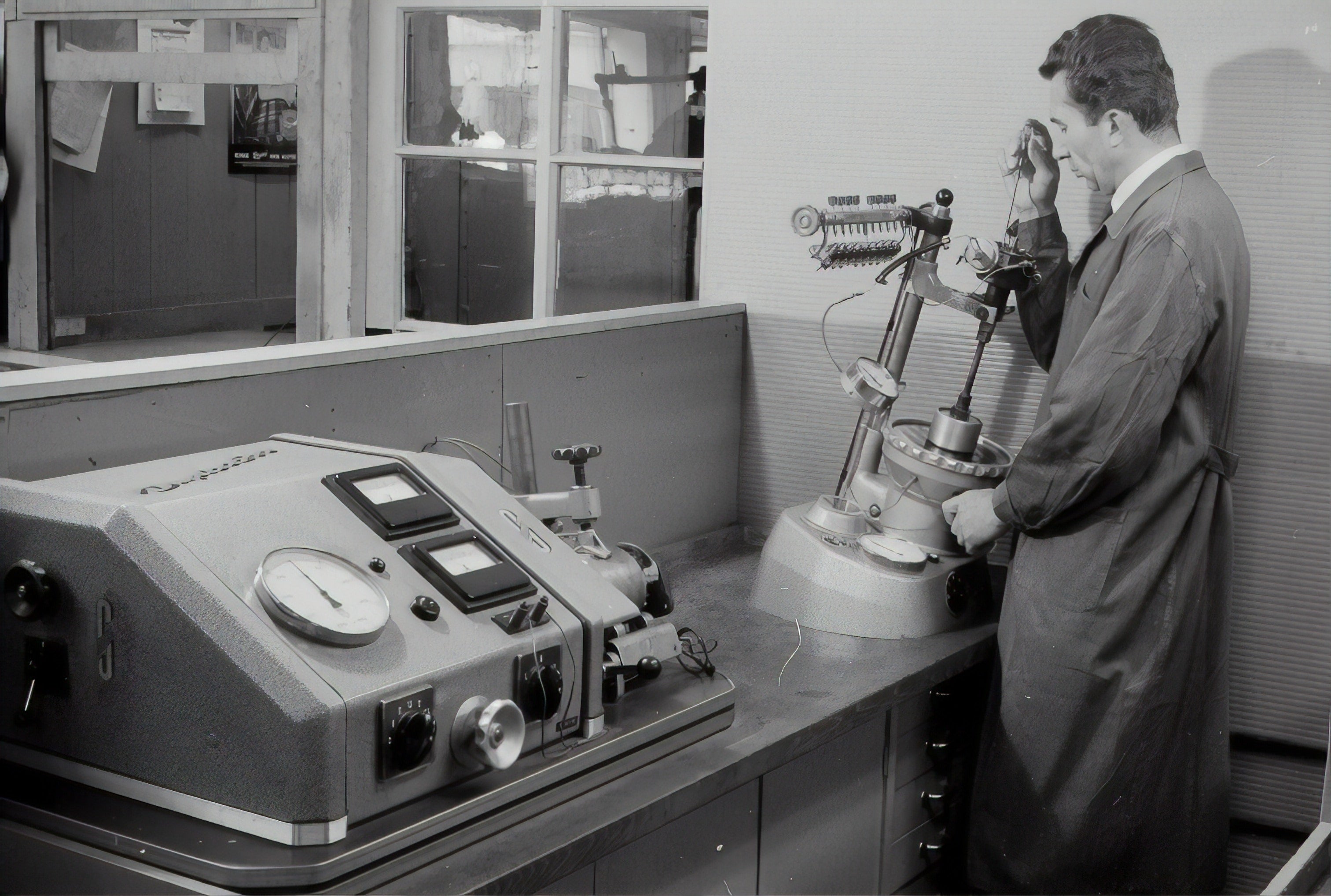How do scientists study sex?

The ins and outs of sex in the lab.
If you are a scientist and you want to study, say, how the growth of grapefruits is affected by variations in temperature, it seems straightforward enough to figure out what you need to do — grow a bunch of grapefruits in conditions that are almost identical other than the temperature.
But what if you are a scientist and you want to study what happens to the human body during sex?
It’s tricky, because, unlike grapefruit growth, the act of sex is fundamentally changed if a group of grad students are standing around with clipboards and tape measures. There are also numerous issues when it comes to getting volunteers for experiments involving sex — ethics, safety, privacy and so on — that can make it an incredibly complicated, time-consuming process.
Some scientists have taken it into their own hands. In the early 20th century, psychologist John B Watson took readings and made records of physiological responses in the 19-year-old student he was having sex with. While that information never ended up being published, it was — according to rumor — cited in his divorce.
Sometimes papers were published that required a bit of reading between the lines. The 1932 book The Heart Rate by the developers of the cardiotachometer details some some experiments involving two anonymous subjects (known as Subject 69 and Subject 72) having sex. However, a bit of innuendo in the acknowledgements — thanking one of the experimenters’ wives for contributing to "experiments that extend over a good part of the day and night" — certainly suggests that the scientists might have taken a hands-on approach.
In the 1950s and 60s, Masters and Johnson brought hundreds of people into their lab to masturbate and have sex while being observed, totalling over 10,000 “complete cycles of sexual response”. This led to several myths being dispelled, as well as greatly increasing scientific understanding of multiple orgasms and vaginal lubrication.
In 1991, acrobat turned anthropologist Ida Sabelis put the training from her previous job into practice when she and her partner had sex inside an MRI tube, a difficult feat for several reasons — it was incredibly constrained and required staying completely still for one minute, two things that meant every male participant other than Dr. Sabelis’s partner Jupp lost their erections. The resulting images turned out to be genuinely useful, challenging assumptions about exactly what went where during sex.
When scientists themselves are not willing to put themselves into their experiments, and rely on volunteers, the very nature of the research brings in certain confounding variables. Unless you have very specific tastes, laboratory conditions are probably not particularly erotic (there’s experimentation and experimentation). Because of this, additional studies have looked into the ‘volunteer bias’ involved, and how applicable results they find from the kinds of people that volunteer to have sex in the lab — more sexually confident and experienced than the general population — are to the world at large.
The author Mary Roach described her own participation in one such study in her hilarious 2008 book Bonk: The Curious Coupling of Science and Sex. She and her husband “maintained an idle, disaffected rhythm” in order to let the scientists get what they need, at which point the researcher announced, “You can ejacuate now”.
So what is actually being measured and observed when people get to it under scientific observation? All sorts of things — scientists have come up with devices that measure arousal, from catching the smallest of penile twitches to measuring real-time changes in vaginal blood vessel volume. Electrodes which measure skin conductance can indicate when a subject is feeling excited. And fMRI imagery (which has moved on significantly from the days of Dr Sabelis squeezing into a tube) can measure changes in brain activity in ways that could have myriad applications. For example, studying the brain during orgasm is being used in pioneering pain-relief research.
It’s all important stuff — sex is a near-universal human experience, so understanding it as fully and scientifically as possible makes a lot of sense. There are some things that can only be understood by taking the lab coat off.




